For more than five decades, Mike Cooper has been making music that's run the gamut from blues and folk to ambient to Greek Rembetika. Last month, Room40 released Raft, the sixth album in his 'Ambient, Electronic, Exotica' series. Influenced by voyages made by William Willis, Vital Alsar, and Thor Heyerdahl, Raft finds the Austalia-based musician further honing his craft. Below, Cooper discusses the album in depth and also touches on his field recordings, the process of performing live, and some of his favorite books.
◦◦◦
Mike Cooper: Go ahead --- talk to me ...
I guess we are supposed to talk about Raft, my upcoming LP on Room40, right? Raft is part of a series of 'Ambient, Electronic, Exotica' records that I have been making over a number of years. The first was titled Kiribati - which is an island nation in the Pacific. Because of an interest I had (and still do) in small island cultures, I wanted to make some music which might have come from an island or exotic place which didn't actually exist. This wasn't a new idea, as you might know, in the 50's there were a few composers who did something similar; Martin Denny, Les Baxter and Arthur Lyman were among them. They created a kind of lounge, jazz, easy listening, tiki bar genre which I wanted to pursue but with less focus on melody and more on ambience. I am a lap steel/Hawaiian guitarist who loves Sun Ra, electronics and free jazz and this was the pallet that I used to create these pieces.
I have travelled a lot in South East Asia, the Pacific and Australia and in the course of 25 years of doing this I have amassed a shit load of field recordings from many of the places I have visited. An artist I like called Nandita Kumar recently wrote—"Nature, imaginative by necessity, has already solved many of the problems we are grappling with: energy, food production, climate control, non-toxic chemistry, transportation, packaging, and a whole lot more."—and being a fan of nature I like to include it in my work. Hence I use field recordings as often as possible in my music at some point. I try not to meddle with it and just let it be what I happen to capture.
One of my mentors is the musicologist/anthropologist Steve Feld who wrote at length about the Kaluli people who live in the highlands of Papua New Guinea. Steve Wrote in a book (together with Charles Keil called Music Grooves) about something the Kaluli called 'Lift Up Over Sounding'. It had to do with the music of nature which to them was the nature of music: " ...the quality acousticians call 'rustle time', the mean time interval between clicks, noises, or non pitched sounds, heard so prominently in the pulsating sound densities of Kaluli rattles and environmental sounds." The looping, out of phase, electronic sounding qualities of insects and birds in the day time and night time (both different) became important to me, especially after a month as artist in residence on Pulau Ubin, a small island between Singapore and Malaysia, where I learnt the difference.
Lets talk about Raft now.
During my final year at school (1958) I had to read two books that became an important part of my life - The Tempest by William Shakespeare and The Kon Tiki by Thor Heyerdahl. The story in The Tempest is concerned with (amongst other things including drinking) Prospero, who was the Duke of Milan until his brother Antonio, conspiring with Alonso, the King of Naples, usurped his position and he was kidnapped and left to die on a raft at sea.
One of my favourite quotes from The Tempest:
Be not afeard; the isle is full of noises,
Sounds and sweet airs, that give delight and hurt not.
Sometimes a thousand twangling instruments
Will hum about mine ears, and sometime voices
That, if I then had waked after long sleep,
Will make me sleep again: and then, in dreaming,
The clouds methought would open and show riches
Ready to drop upon me that, when I waked,
I cried to dream again.
In 1947 Thor Heyerdahl set out with his crew on a raft to prove that the Polynesian people had drifted from South America and by chance had arrived on the various islands they now inhabit. He was wrong. He only drifted (didnt sail) 4,500 miles across the Pacific Ocean. William Willis, an American sailor built a raft in 1954 and sailed solo from South America to American Samoa - 6,700 miles and 2,200 miles farther than did Thor Heyerdahl on Kon Tiki. His raft was named "Seven Little Sisters" and was crewed by himself, his parrot, and cat. Willis was age 61 at the time of this voyage. Ten years later, at the age of 71 on his second great voyage he rafted 11,000 miles from South America to Australia. This raft was named 'Age Unlimited'.
The Spanish explorer Vital Alsar led two raft expeditions to cross the Pacific Ocean. La Balsa in 1970 and Las Balsas in 1973 from Ecuador to Australia, setting the record for the longest known raft voyages in history - 8,600 miles and 9,000 miles. Vital Alsar is still alive and voyaging and living in Vera Cruz, Mexico. Vital sailed with three rafts and a crew of 12 on that second voyage and one of the rafts now resides in the humble maritime museum in Ballina, a small town on the East Coast of Australia near the new South Wales / Queensland border.
My album Raft is in no way meant to musically illustrate their voyages but is merely a dedication to them inspired by their courage and sense of adventure.
Tone Glow: Raft marks the sixth release in your Ambient, Electronic, Exotica series (the others being Kiribati, Globe Notes, Rayon Hula, White Shadows in the South Seas, and Fratello Mare). You've cited different influences for these various records, such as with James Hamilton-Paterson's works in Globe Notes.
Mike Cooper: I was very impressed with Seven Tenths by James Hamilton Paterson; one of favourite books and writers. It is a history of our perception of the sea. I have a weird relationship with the sea and water. I never learnt to swim until I was 50 years old and I still am very wary of the power of the ocean despite now being a 'beach freak'. My album Reluctant Swimmer / Virtual Surfer is a reference to this and boats and water play a large part in my life and work.
You also mentioned the disastrous effects of global climate change on the island nation Kiribati on your album of the same name. Marked on the back cover of that release was a specific instruction written in all caps: "LISTEN AS QUIETLY AS POSSIBLE." As far as I know, that isn't something you've asked of listeners for your other releases, and I imagine was intended as a way for listeners to understand and empathize with what was happening to the island's coral atolls.
I hoped people would listen to it quietly. It is not a record that you get any physical or aural 'extras' out of by playing loud. There is a rock thing about playing loud that I sometimes indulge in but there is also the 'quiet music' school which I subscribe to as well and, partly in jest, I was hoping to encourage people to lay down and listen to Kiribati. Although I am not sure that my urging people to do anything in a sleeve note would encourage anyone to do anything... in my most optimistic moments maybe yes. Better they be encouraged to go to this year's Venice Biennale and go to the Kiribati artists installation there. A very moving thing and continues to make the point about a disaster happening... I can't describe that installation here obviously but sufficient to say it is small but significant.
Another of my inspirations for that album was reading A Pattern Of Islands by Arthur Grimble. He was posted to Kiribati as an 18 year old in the British Civil Service (it was a British colony) and he fell in love with the place and its people and never really ever left. He wrote several books on the culture but Pattern Of Islands is my favourite and if ever i see a copy I buy it and give it to friends. Kiribati continues to battle with the rising sea levels and will one day be no more.
I also know that White Shadows and Fratello Mare were intended as soundtracks for their respective films. "Raft 21 - Guayaquil To Tully," however, was accompanied by a video that I'm assuming you shot. Was there an entire film that you had created for this film? And was the music made as a response to the film or vice versa?
Part of my live repertoire is playing live music to silent films, something I have done (and still do) for more than 20 years, including those two films you mention. They came about as a live performance before they ended up on record. I am, as you noted, also a film and video maker and my live performances these days usually include projection of some of my video work. There is a longer version of the "Raft 21" video and also two alternative videos. The promo version that you know was shot mostly in Vietnam before I made the record. I tend to wander around with my video camera in my pocket and just shoot stuff with no particular intention and I edited it after into something. I had made the record and needed to make a promo video and the idea of floating on water was the main inspiration to use those particular shots. They seemed suited to the musical content of that particular track.
Broadly speaking, how do you think you've grown as an artist since 1999 with regards to making this specific type of music, and how would you describe Raft in comparison to those other five albums?
The earlier albums, in particular Kiribati, Rayon Hula and Globe Notes were made under very different circumstances than the later albums. The first three were made in my very primitive studio which was a four track cassette recorder and a couple of mini disc recorders and I still have that set up. I didn't start using the computer to record and edit stuff together until much later. I still only use Garage Band to record and I am a believer in what I like to call 'domestic technology' - in other words I dont pay for any extras after I have paid for the machine. What it comes with I learn to use in as creative way as possible that suits my needs. I am a Lee Perry disciple. One of the things I have learnt is that for me music happens in a live performance situation and I try and capture as many live gigs as I can. For a while I had this split musical personality of live solo performance, where I am a singer and guitar player, and recording the Ambient, Electronic, Exotica instrumental albums.
With Kiribati, Globe Notes and Rayon Hula I had some difficulty, at first, with how I was going to present them in a live situation, if at all. It would rely on a lot of pre-recorded elements being played back and me playing something across the top, which at first I was very unsure about doing. The issue was partly solved by presenting them with, or as, a film soundtrack and also I was starting to get asked to just do the ambient music without singing and I needed to find a way to do that in a way which musically satisfied me. I am not someone who can go on stage and press 'go' on my computer and stand there and watch it churn out. I realised there was space in the pieces, or I could create space, for me to improvise lap steel guitar parts. Or I took the album tracks and with various bits of digital effects I could make new versions of them in a live situation, and screen my own video films as background. That seems to work ok for both me and the audience. Some of this technology has an annoying way of being 'upgraded' as they like to call it and suddenly something doesn't work like it did before, or even not at all sometimes and I hate that. The mini disc became replaced by small digital recorders, which is ok, but Apple Mac have a way of manipulating the market which I hate. I fortunately still have my little white macbook which has a separate input and output mini jack sockets allowing you to monitor and record at the same time. My macbook pro doesn't allow this and soon there will be no headphone sockets at all. Fuck 'em. Now you can lock up your record/cd collection and just yell at your loudspeakers 'play me some Mike Cooper' and it will stream my entire life for you while you lay in bed and dream about tropical islands that probably no longer exist or never did maybe?
I think it's quite clear that you find inspiration to create your art from a variety of things. However, would you say that music plays a significant role in shaping and influencing the art you create nowadays or do you feel like it's primarily extramusical stuff? Obviously you've covered numerous artists and songs in the past and have made explicit references to Pharaoh Sanders ("Pharaoh's March") and Peter Brötzmann (the Machine Gun Co.) but what sort of music, if any, inspired your work on Raft?
I made that album in a small apartment in Spain, near Valencia, where there was not much distraction musically actually, mostly some Hawaiian slack key guitar CDs that I had stashed there and some flamenco. Not much evidence of the latter on Raft though I suspect. I have been, and did use, some apps that I have on my iPhone and Samsung tablet and there is evidence of those on Raft. The app thing came about from Warren Burt, an American composer who lives in Australia. He is a friend and has a wonderful blog where he often posts reviews of recent digital downloadable music apps and recently had a video of him exploring the possibility of using small mobile devices for making music. I have been watching this with great interest and exploring this route myself. I have also been listening a lot to Bob Ostertag and watching his adventures recently while travelling with a laptop and little else to some very interesting parts of the world and giving electronic music concerts in some highly unlikely places.
You mentioned that you try to utilize field recordings as often as possible in your music. Can you talk about the field recordings present on Raft, where they were recorded, and how you feel they impact the songs they're on?
There are field recordings on the B side from a temple in Vietnam; a long house village in the jungle in Sarawak and some bird and insect recordings from Pulau Ubin, a small island in between Singapore and Malaysia. The temple recording and the longhouse recording both actually set the context for what happens around them - they are the composition really.
Each track on Raft is labeled with a specific number, do they have any significance?
No none at all!! I think they were the numbers of the files in my computer that's all.
You recently released an album with Tasos Stamou entitled London Taximi. It's certainly a different beast than Raft: raucous, highly improvisatory, and inspired by Greek Rembetika. Can you talk about your relationship with Stamou and Rembetiko music in general?
I met Tasos first in Athens where he was sharing the bill with me on a concert. We became friends and eventually he moved to London where I introduced him to the improvised music scene there - in particular the London Improvisers Orchestra which he joined for a while. I usually go to England once a year and we have for the past few years played together somewhere. We both have a love of Greek Rembetika, mine stemming from a collaboration I have had for many years with Viv Corrigham, a singer and soundscape artist. We have known each other for many many years, going back to folk club days in the 70's. At some point in the early 80's we both discovered Turkish and Greek Rembetika. Viv was married to a Turk and in fact lived in Turkey for a couple of years. I think it was there that she realised that she had an ear for the modal melismatic music from both countries and could sing it with some conviction. She has made several records of her own of that genre. We had (still have maybe) a collaboration we called Avant Roots. We made one CD under that name together. It covered quite a bit of musical ground, from Blues to Rembetika, electronic music and improvised passages in the free improv style. Over the years we refined it to what we now call Rembetronika, a kind of avant version of Greek Rembetika. There are some recorded evidence of this project around and a very nice live at Cafe Oto concert which is awaiting a release (anyone want it?) My collaboration with Tasos is along the same lines minus the voice of Viv.
In an interview with your collaborator Grayson Cooke, you mentioned that "improvisation is what [you] do—full stop" and that you are "not interested in anything else." How does improvising with someone else compare to performing solo?
It's harder work solo. It's a bit like juggling playing solo - keeping all the balls or clubs in the air. What I meant by the last half of that sentence was I am not interested in playing notated music and maybe not even graphic scores which are open to interpretation. I like to see where the music takes me when I make an input.
You've been living in Rome for a long while now but have traveled extensively around the world, is there a specific country or location that remains your most memorable?
I have found most places have some quality that remains forever imprinted and always seems to be calling one back. I don't really have a favourite place although as you know I love islands. Our main focus (my partner and I) in travelling has mostly been toward islands. Marie Galante is pretty special.
Is there a place you haven't visited yet that you would still like to?
I have never been to Kiribati and would love to before it goes beneath the waves.
In addition to the release of Raft and London Taximi, you've had two of your old records reissued—the aforementioned Reluctant Swimmer / Virtual Surfer and Blue Guitar—are there any other CDs from your Hipshot imprint that are set to get reissues soon? And is there anything else you're working on, music or not, that your fans should be anticipating?
I am always working on something. I am using my Bandcamp site now as a digital version of my Hipshot CDr label, so any new stuff not placed with a label yet is up there. As for unreleased Hipshot records there are a few things if anyone shows interest. Discrepant, who put out New Kiribati and Reluctant Swimmer, are going to do some film track pieces that I have from my silent film repertoire next year; some of the Asian films that I do.
◦◦◦
After conducting this interview, I asked Mike Cooper if he would be interested in sharing a list of things—be it music, film, books, food, *anything*—that he was interested in or influenced by. He decided to compile a list of eight books and describe their significance to him. At the time this interview took place, Cooper had just finished his "Listed" feature with Dusted Magazine. As a note, there is some overlap present between that list and the one here but the accompanying text is different.
NOTES FROM A PACIFIC BOOK COLLECTION - MIKE COOPER
These are some of the titles from our collection of books on the South Pacific that we have found during our travels and which inspire my work.
A Pattern Of Islands by Arthur Grimble
One of the first books I bought which dealt with Pacific culture and inspired a whole collection which we now have. Whenever I see copies of this book I buy them and give them to friends. The book which inspired my Kiribati ambient record. Grimble was posted to the Island Nation of Kiribati after joining the Civil Service at age 18 in 1914 where he became a cadet administrative officer. He became resident commissioner of the Gilbert and Ellice Islands colony (Kiribati) in 1926. He remained there until 1933. His book A Pattern Of Islands was published in 1952 and is a record of his time in the islands and his experience of living with its people (who he loved) and learning their language, myths and oral traditions. I bought this book in Basement Books in Melbourne, no longer there, which was a treasure trove of second hand books with a huge Oceania section many of which ended up in our collection.
Beach Crossings: Voyaging Across Time, Cultures and Self by Greg Dening
I was with my friend, the then radio producer Brent Clough in the Museum Of Contemporary Art bookshop in Sydney some years ago and this book virtually jumped into my hands. The title was enough to encourage me to buy it and when I looked briefly inside it was mine. Greg Dening (1931—13th March 2008) was an Australian Historian who explored a fascination with Oceania and the encounters between indigenous peoples of the islands and outsiders who visited or lived on the in-between space of 'the beach' -- which became a metaphor which he pursued and developed. The book Beach Crossings is an essay on 'first encounters' between local and strangers coming together. It is an imaginative exploration of the symbolic strip between low and high tide where the ocean meets the land on the Marquesas Islands in the South Pacific and its bloody and tragic history of those who lived and some of those who left. Greg wrote, "I cannot cope with an anthropology of natives and a history of strangers. I have ambitions to do an anthrohistory of them both." I wrote a radio play inspired by this and other books by Greg Dening.
The Cat's Table by Michael Ondaatje
I am not much of a fiction reader but there are some exceptions; Sam Shepard, James Hamilton Paterson and Michael Ondaatje are some of them. I have read everything of his I have been able to find, including most of his poetry. This book appealed to me in particular because at the same age (11 years old) but a year apart, we both made the same voyage but in reverse. Him from Sri Lanka (it was still called Ceylon then) to London and me from London to Australia (via Sri Lanka). My brother and I were being taken by my parents as emigrants to live in Australia. Ondaatje's (fictionalised) account of his trip as an unaccompanied young boy resonated deeply with my own experience of that voyage of discovery. For both of us it became a floating island and one where I could disappear from my parents' sight, probably for the first time really, for days on end without them worrying too much where I was. Apart from falling overboard there was not much that could happen to me. This only occurred for me between sustained bouts of sea-sickness. Something that became so acute that I was nearly put ashore at one point apparently. Apart from that it was an exotic experience that marked me for life; travelling for eight weeks half way around the world on a ship that stopped at some very interesting places that I have never forgotten and some I have even revisited.
Sound And Sentiment: Birds, Weeping, Poetics, and Song in Kaluli Expression by Steve Feld
Back in the mid-90s I was playing in a jazz festival in Canada with an improvising trio The Recedents who were myself, Lol Coxhill on saxophone and vocals and Roger Turner on drums. A group that lasted for 23 years until Lol's untimely death. Back at the hotel in Canada I got into the lift followed by a person at that time unknown to me. When the lift stopped at his floor he turned to me and, dropping a cassette tape into my shirt pocket as he left, said "I think you might like this". The doors closed and the lift continued to my floor. The tape was called Voices Of The Rainforest and turned out to be a soundscape of 24 hours in a Papuan rainforest. I remembered that during our Recedents performance I had used some field recordings of birds made during a recent trip to Australia which was probably why Steve Feld gave me that cassette. We became long distance friends and when I discovered that he was a writer as well as musician I began to seek out more of his work as an anthropologist and musicologist. They included Music Grooves co-written with Charles Keil and the title mentioned here. Difficult and complicated to explain here but it led me to continue to make and use field recordings in my live performance and to pursue music which is made up of out-of-sync loops of live sampling of my own playing, across which I sing these days.
The Trial of the Cannibal Dog: The Remarkable Story of Captain Cook's Encounters in the South Seas by Anne Salmond
When Cooke and his crew arrived in the Pacific islands for the first time the locals were not really sure if they were in fact humans. They called them 'Sky Bursters' imagining that they had burst through the bright blue bubble that they imagined covered their Oceanic island nations. In fact voyaging in Cooke's time was a bit like being an astronaut and the Polynesians were literally 'starsailors' – navigating, although Europeans had a hard time coming to terms with it, by the stars without compass or clocks. This volume is one of the best books on Cook and his adventures.
Restless Spirit by Cassi Plate
As a fan of Jack London's writing from an early age I am always on the look out for real life characters who seem to come right out of his novels. Adolph Plate was one of these; a European traveller to the Pacific, a painter, photographer, collector, sailor and settler. Written by his grandaughter, Cassi Plate, after she had discovered a trunk containing some of his treasured belongings as a child. A collection of his photographs, paintings and other collected objects; all memorabilia from his travels from Europe across the Pacific Ocean Islands and then across Australia inspired the book and an exhibition of Adolph's paintings. The author and subject are the restless spirits of the title.
Seaworthy by T.R. Pearson / Las Balsas by Vital Alsar
I have put these two books together because they were the inspiration behind my most recent recording for Room40 titled Raft. Both books are about sailing rafts across the Pacific Ocean from South America to Australia. The longest raft voyages ever made.
Seaworthy is the story of more than one attempt, the final being successful in 1964, of William Willis who made it, as a lone sailor. At one point in his drift towards Australia, at the age of 71, he suffered a hernia and had to hang himself upside down with a rope tied around his ankles to move his intestine back into place and relieve his pain. This was his second attempt to cross the Australia, the first voyage led him only to Samoa, still a significant 9,500 km. His successful voyage (17,000 km) led him to Tully on the east coast and he was towed by the Australian Navy to Sydney.
Vital Alsar sailed to Australia twice on rafts, the first voyage in 1970 was one raft with a crew of 4 and a cat which lasted 160 days from Ecuador to Mooloolaba on the east coast of Australia. This raft now resides in Santander where Vital was born. The final voyage was in a convoy of three rafts and a total crew of 12. The voyage was completed in 1973 after a total distance of 14,000 km. One of the three rafts survives and is in the small maritime museum in Ballina. Vital Alsar is still alive and recently sailed a tri-maran replica Spanish Galleone around the world on a piece mission. He lives in Vera Cruz, Mexico.
The importance of these voyages are that they proved that it was possible to actually navigate solo and with several rafts together across the Pacific. For years people, including academics, thought that the Polynesian peoples drifted and arrived by chance across the Pacific to the Islands. These voyages and the work of people like David Lewis (We The Navigators) and Ben Finney, founder of The Polynesian Voyaging Society, proved that the Polynesian people were expert star sailors and long sea-voyage sailors long before the Europeans arrived.
Neither William Willis nor Vital Alsar are celebrated to the extent that Thor Heyerdahl and the Kon Tiki voyage is. The Kon Tiki voyage is quite insignificant when compared, having only sailed 7,000 km in 101 days, only halfway across the Pacific and yet the Kon Tiki museum in Oslo receives millions of visitors a year and is supported and celebrated by the Norwegian Government.





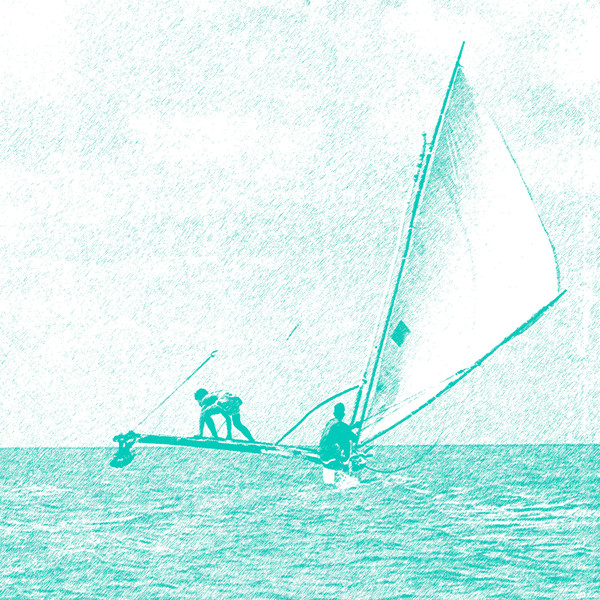



































![O9dr0wN[1].jpg](https://images.squarespace-cdn.com/content/v1/55282a19e4b0c4ec502b6f16/1454233410683-F05CCIZTJZUQ75SZ5SD9/O9dr0wN%5B1%5D.jpg)
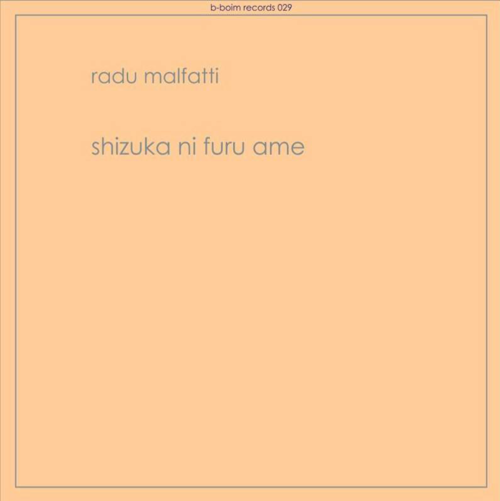
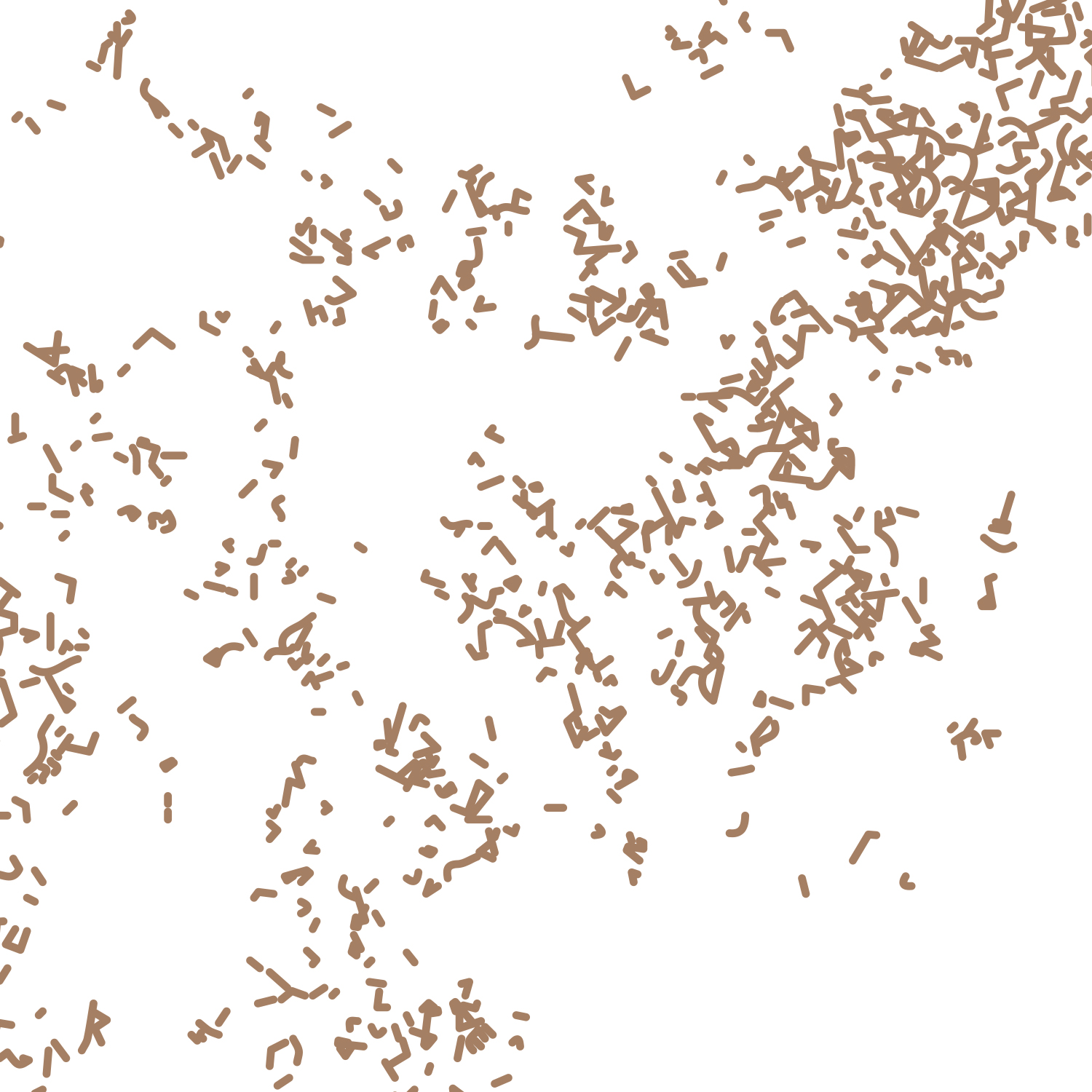
![tumblr_inline_nip1r9dMz21t6eqwa[1].jpg](https://images.squarespace-cdn.com/content/v1/55282a19e4b0c4ec502b6f16/1454233528238-2QVBAQD6JCQ1ARTCE3IK/tumblr_inline_nip1r9dMz21t6eqwa%5B1%5D.jpg)
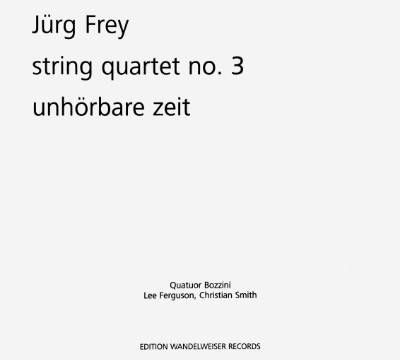
![cd+cover[1].jpg](https://images.squarespace-cdn.com/content/v1/55282a19e4b0c4ec502b6f16/1454233631496-9QPTMR4EXQ8ZZ6LOL4PI/cd%2Bcover%5B1%5D.jpg)

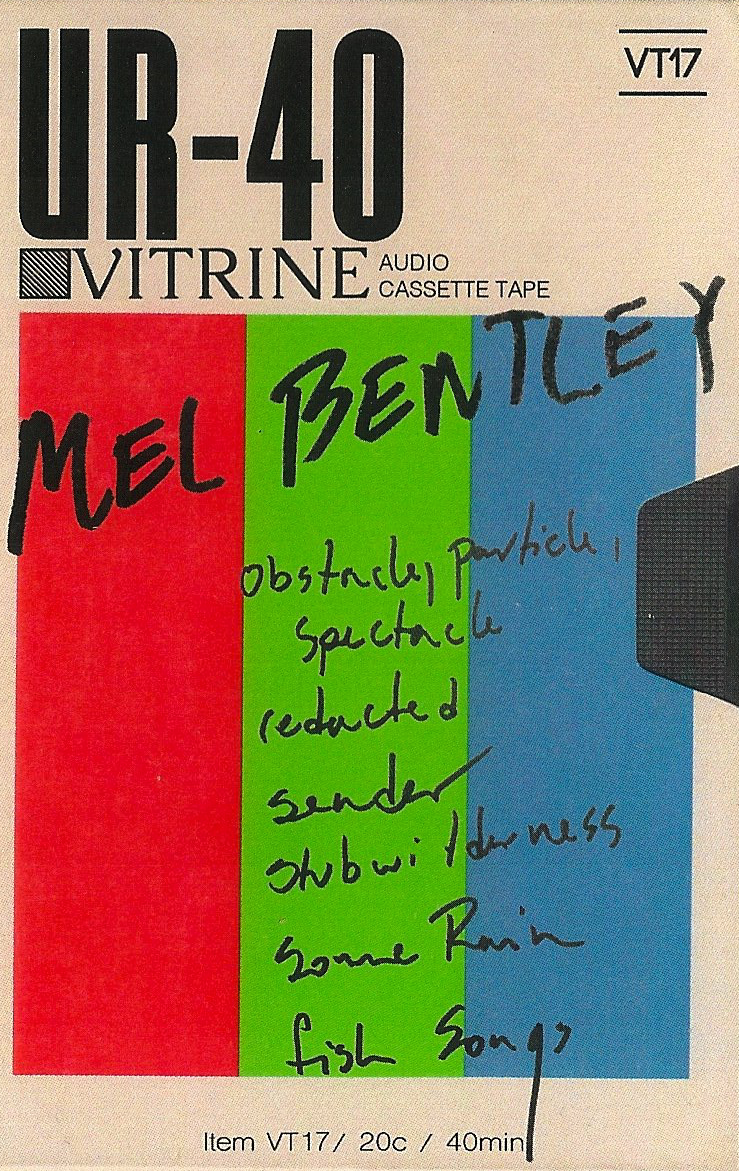
![RXu2CL[1].jpeg](https://images.squarespace-cdn.com/content/v1/55282a19e4b0c4ec502b6f16/1454233724713-ED1WO2GROYPK7M6IXKJW/RXu2CL%5B1%5D.jpeg)
![VWazN7[1].jpg](https://images.squarespace-cdn.com/content/v1/55282a19e4b0c4ec502b6f16/1454233776952-3J1QF2TZX5B9N4G4LXPB/VWazN7%5B1%5D.jpg)



![O9dr0wN[1].jpg](https://images.squarespace-cdn.com/content/v1/55282a19e4b0c4ec502b6f16/1452625268581-855YEN3LW7RLS9IDTIZX/O9dr0wN%5B1%5D.jpg)





![j5EOasB[2].jpg](https://images.squarespace-cdn.com/content/v1/55282a19e4b0c4ec502b6f16/1452665363778-1STEY4O8CVSQYY9XKN3W/j5EOasB%5B2%5D.jpg)


![a0152454747_10[1].jpg](https://images.squarespace-cdn.com/content/v1/55282a19e4b0c4ec502b6f16/1452665833068-0QL858P3S7AD1IEO7ZV7/a0152454747_10%5B1%5D.jpg)















![WzmzfhG[1].jpg](https://images.squarespace-cdn.com/content/v1/55282a19e4b0c4ec502b6f16/1452668947285-XNTMHT19K1V13P67DOSU/WzmzfhG%5B1%5D.jpg)




